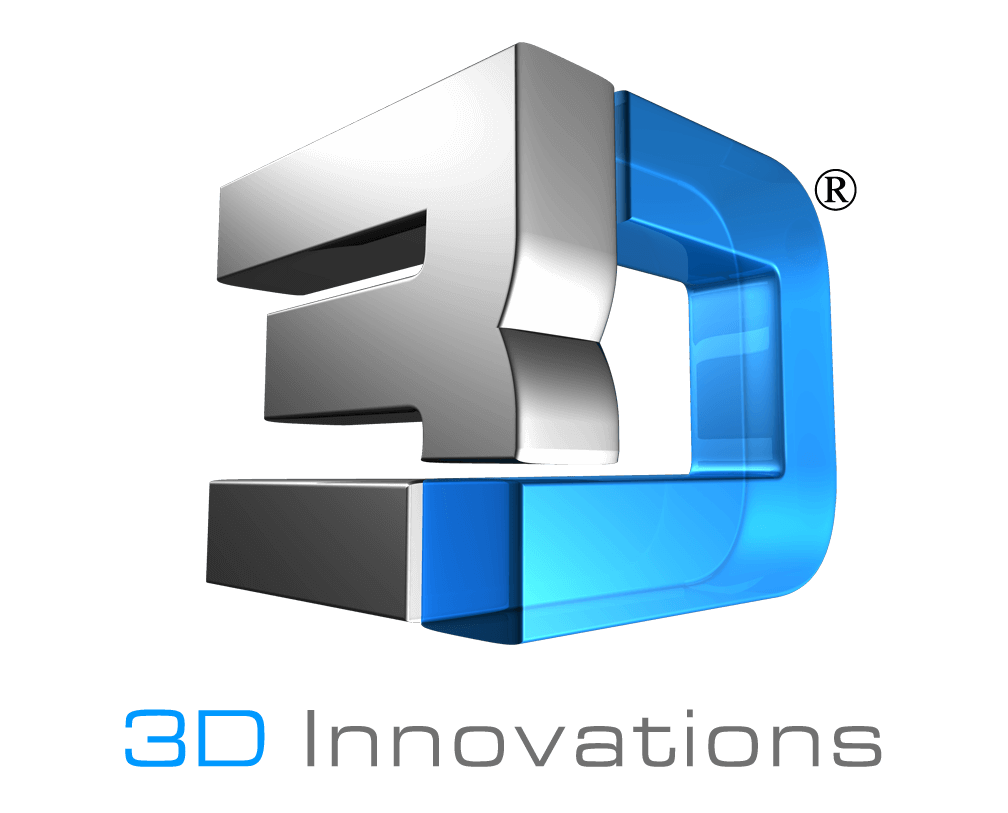Now that the holidays are complete and we are all having fun learning how to use our new “toys”, we thought that it was an appropriate time to take a moment to think about the ecological lifespan of our gifts. Many of our gifts will probably break by next Christmas and will make their way into our trash cans, and our time with them will be complete…but these items will continue to impact our environment for many, many years in most cases. Desktop Engineering featured an article “Sustainable Design as a Balancing Act” and we wanted to share with you some highlights from it and how CAD is helping manufacturers and consumers learn more about their product’s ecological lifespan.
“The sleek mobile tablet at your fingertips, the stylish sunglasses in your pocket, and the point-and-shoot camera you use to capture your Kodak moments–they all have an ecological lifespan that’s much longer than you think. The time the product remains in your possession–its duration of operation and service–may be just a few months (a pair of sunglasses) to a couple of years (a tablet or a digital camera), but its ecological footprint has been established long before you pick it up from your local mall. It will continue to grow long after its disposal. A series of decisions made in the manufacturing process–using polycarbonate instead of scratch-resistant borosilicate materials for a lens, or using injection molding instead of machining for a latch–affects a product’s environmental impact.
The office of Fred Sparks, an industrial design agency has, quite literally, helped shaped many familiar household products, ranging from football helmets and golf bags to outdoor furniture. Fred Sparks is often hired as a design consultant to develop sustainable solutions to existing products. Because its role is consultative, the firm doesn’t always have access to 3D CAD models of the products. “Sometimes, those files exist in a factory somewhere in China, and the factory doesn’t want to give up that [intellectual property],” observes Harris.
Just as CAD users would catalog the content of their assembly in a BOM, Sustainable Minds subscribers use the software’s web-based input system to create an itemized bill of a product’s lifecycle. In this case, the lifecycle includes not only a list of objects to be manufactured (camera housing, lens, battery, memory chip release latch, etc.), but certain aspects of manufacturing that are bound to have an impact on the environment as well–such as transportation methods, choice of materials, and disposal methods.

CAD Integration
Sustainable Minds works as a standalone web-based program, but the company has worked with Autodesk to ensure that, if you upload a BOM exported from Autodesk Inventor CAD package, the appropriate fields are automatically populated with the right numbers–for instance, component volumes and material specifications, as deduced from the 3D CAD assembly model.
Increased attention to LCA and green design has prompted some CAD software makers to add environmental impact assessment tools to their 3D modeling interface. SolidWorks and Autodesk Inventor–two fierce competitors in the design software market–have both incorporated the function.
In manufacturing today, the challenge is to find the right balance of durability (how well does the product perform under duress?), sustainability (how safe is it for the environment?), and cost (how much does it cost to make it?). It is, indeed, a tall order to come up with a design that satisfies all three criteria, but such is the demand of the consumers today.”
To read the complete article from Design Engineering click here.

